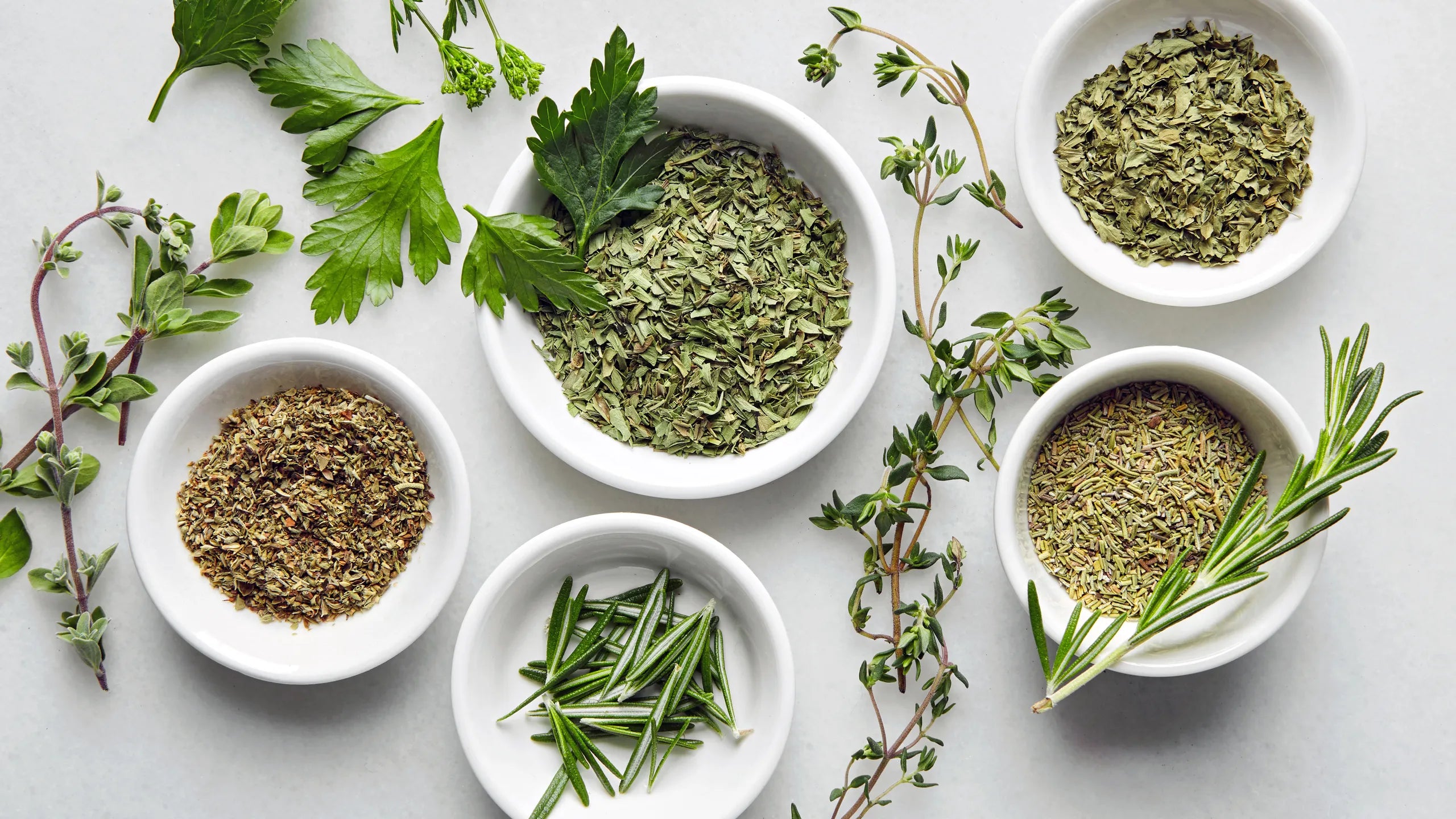
Herbs have been used for centuries across Asia, not just for flavor, but for healing. From the kitchens of Malaysia to the mountains of India and China, these plants carry wisdom, tradition, and powerful health benefits.
Here are 5 beloved herbs/spices used in traditional Asian cultures, and how to enjoy them in your daily routine.
1. Ginger (Halia)
Used across Asia for digestion, nausea, and warmth.
How to use: Brew a few slices in hot water for a soothing tea, or grate into stir-fries and soups.

2. Turmeric (Kunyit)
A staple in Ayurvedic and Malay cooking, known for anti-inflammatory and gut-healing benefits.
Tip: Add to rice, stews, or make “golden milk” with plant milk and black pepper.

3. Lemongrass (Serai)
Used in Thai, Vietnamese, and Malay cuisine. Supports digestion and immunity.
How to use: Infuse in tea, or simmer in soups and curries.

4. Fennel Seeds (Jintan Manis)
Known for easing bloating and gas. Common in Indian cooking and traditional post-meal rituals.
How to use: Chew a few seeds after meals or brew into herbal tea.

5. Holy Basil (Tulsi)
A sacred herb in India, used for stress, colds, and energy.
How to use: Dried tulsi makes a great tea on its own or blended with ginger and lemon.

You don’t need a pharmacy to care for your body.
Sometimes the most powerful remedies are already in your kitchen — passed down through generations and simmered into daily life.
Sip slowly. Eat thoughtfully. And reconnect with the healing power of plants.
